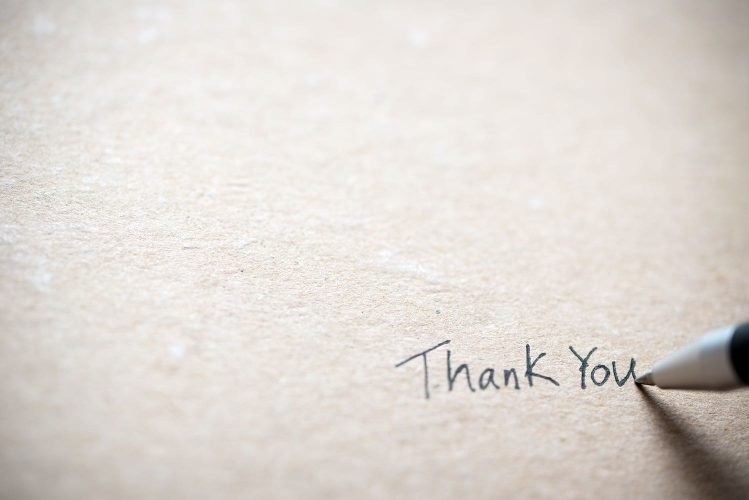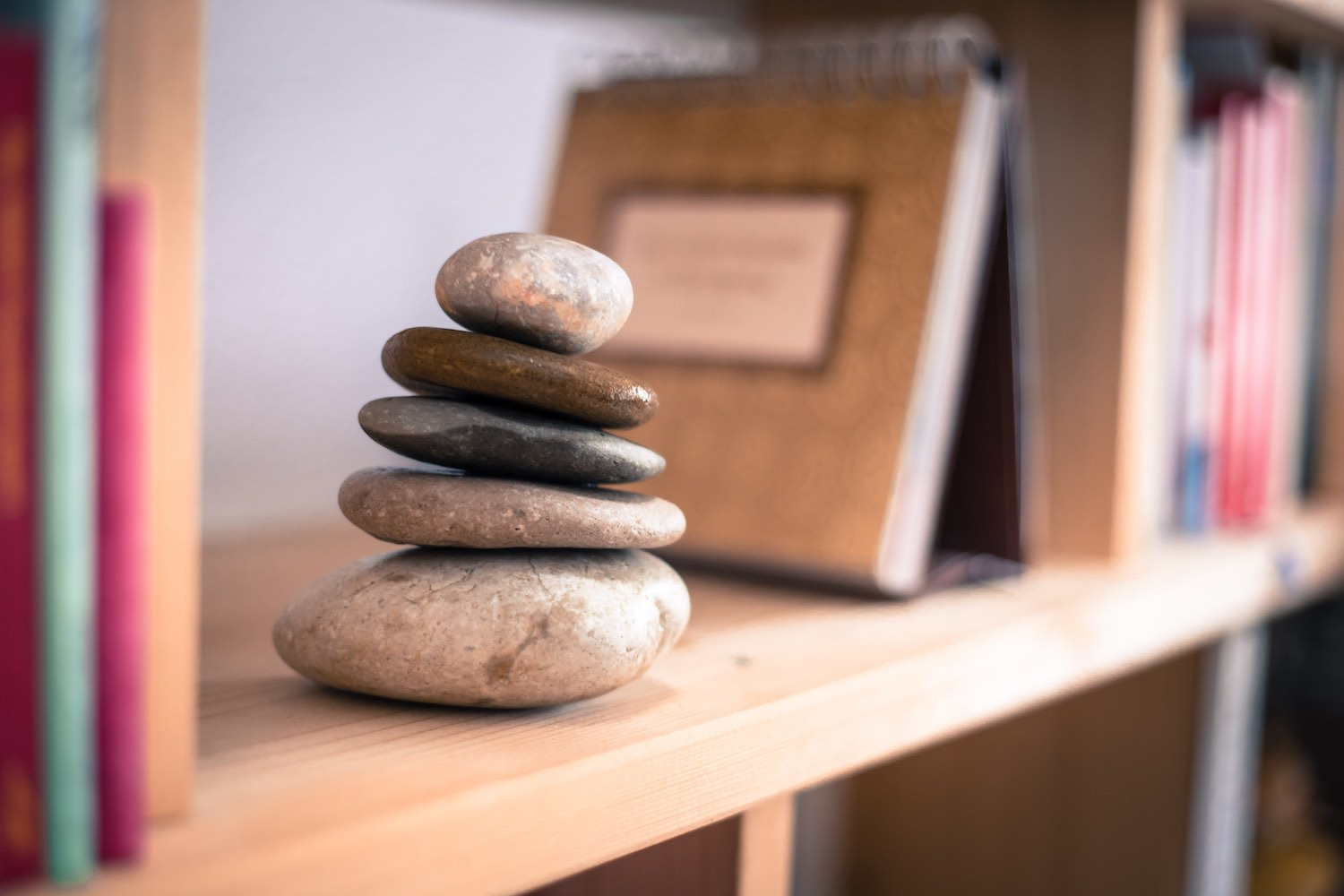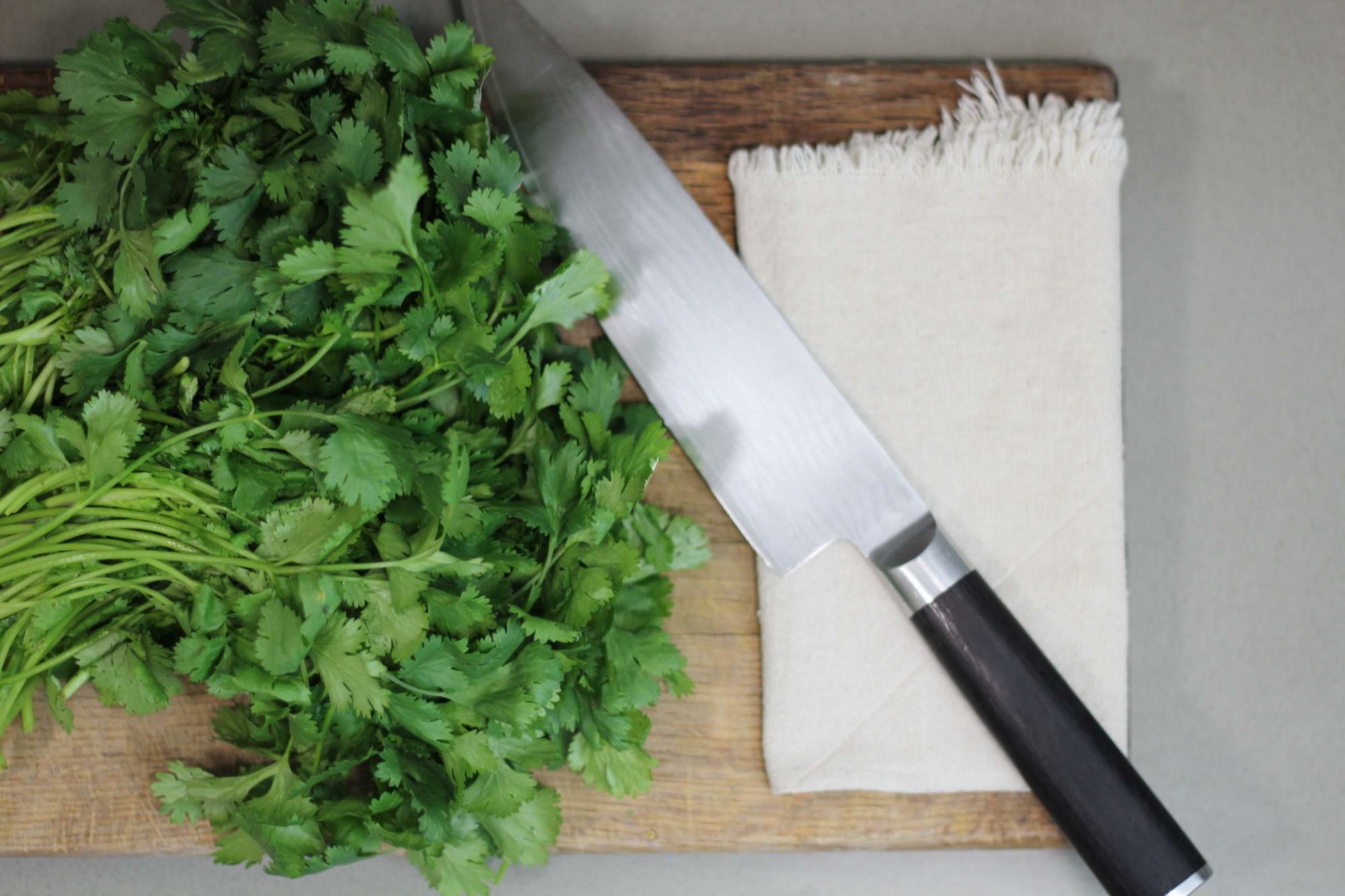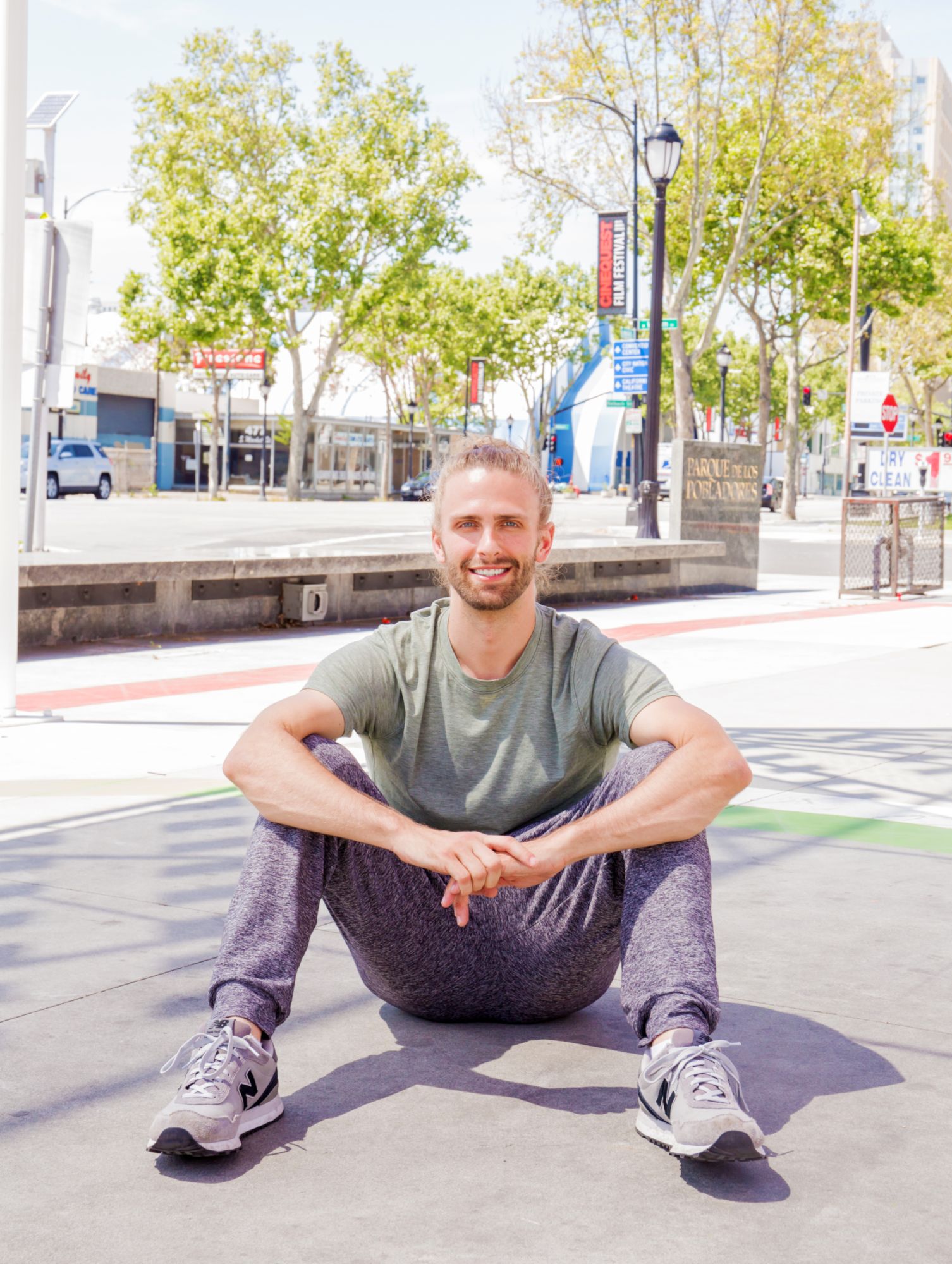Looking back, I have very clear (if not necessarily fond) memories of sitting at the dining room table, a stack of flower-covered cards nearby, concentrating intently so I wouldn’t accidentally leave out a word as I wrote what seemed to be endless thank-you notes.
Growing up in the South, sending a thank-you letter was the automatic response to receiving a present. But it wasn’t enough to simply express appreciation to someone for a gift – there would be no, “Thank you so much for the Babysitters Club book! Love, Katie.” Instead, my mother would offer prompts such as, “Tell them how you’re going to use the present or what you like best about it or why it’s particularly meaningful to you.” I’d groan, rub the ink off the side of my hand, then get back to it, trying to finish the task quickly so I’d still have time to go back down to the barn and see my horse.
As a child, I didn’t understand the profound effect a thank-you note can have, but now, having received them as an adult, I absolutely understand why my mother insisted I write those letters. We say “thank you” all the time, but there’s something different about seeing the words written out, memorialized in ink, intentionally highlighting an act of kindness or thoughtful gesture. I still have the very first thank-you note I received from a patient’s family during my psychology training; the fact that a mother of a child with cancer took the time to hand-write a note thanking me for helping her four-year-old “laugh and play and feel normal” touched me deeply.
Thanks to years of scientific research, we’re beginning to understand both the importance and the impact of being grateful. Gratitude is associated with a host of physical benefits, including “better sleep, less fatigue, less depression…and lower levels of systemic inflammation.” Gratitude is an important factor in developing and strengthening relationships, and grateful people tend to express more acts of kindness and other forms of prosocial behavior. According to Will Pye, author of The Gratitude Prescription and Breathe Together Online contributor, “Gratitude invites us to engage more of our nervous system, ultimately to integrate head and heart.”
Now, knowing how important expressing gratitude is, you’ve probably already concluded that I’m going to tell you it’s time to sit down and write a thank-you note. You’re right. But this thank-you note is going to be different because this one will be addressed to you.
When was the last time you took time to thank yourself?
If you’re like me, it’s much more natural and comfortable to thank others than it is to stop and thank yourself. That can feel indulgent, ridiculous, and unnecessary – why thank myself for doing the things I have to do?
Here’s why – writing a thank-you letter to yourself can help you see how far you’ve come. It can remind you of the things you’ve overcome and how much you’ve grown. It can highlight qualities you possess but don’t necessarily think about all the time, and it can also highlight what matters to you, what you’re passionate about, and what you dream of in the most sacred part of your soul. Writing a thank-you letter to yourself is an opportunity to pause, reflect, accept, and appreciate who you are and where you’ve been while providing inspiration for moving forward and continued growth.
While this practice is simple, there is nothing easy about it. This is a powerful exercise and not something to be undertaken lightly. But the insights are truly profound and well worth the effort.
How to Write a Thank-You Letter to Yourself
- Set aside at least 30 minutes where you can write without being interrupted.
- Pick a place where you feel relaxed and comfortable. It might be in your bedroom or on the patio or in the yard under a tree.
- Decide whether you want to use a pen and paper or a computer. Different people feel more comfortable with different mediums, so use whatever feels best to you.
- Choose your salutation and voice. Some people feel more comfortable starting out, “Dear Self,” whereas others like to use their name. Some people like to write in first-person (“I am thanking myself for…”), while others feel more comfortable writing in third-person, acting as if the letter is being written to someone else (“Thank you, Katie, for how brave you were when…”).
- Start writing. This kind of letter might feel awkward at first, and you may want to begin with a bullet-point list of things you’re thanking yourself for rather than jumping right into complete, grammatically correct sentences. Refrain from judging your process – there’s no wrong way to do this.
- Be specific. The more specific you can be, the more impactful this exercise will be. Consider which of the following statements strikes you as more powerful:
- Example 1: Dear Self, Thank you for being so strong.
- Example 2: Dear Self, Thank you for always managing to dig down deep, to depths I didn’t know existed, in order to find the strength to carry on…like when life felt overwhelming and you didn’t know how you were going to work full-time and juggle different schedules for two kids, but you took it one day at a time and did it anyway.
- Cover a wide array of topics. Thank yourself for:
- Things you’ve done/changes you’ve made
- Challenges you’ve overcome
- Good decisions you’ve made
- Lessons you’ve learned
- Risks you’ve taken
- Character traits or qualities (being kind, a good listener, protective, loyal, encouraging, optimistic, etc).
Be gentle with yourself as you do this exercise. Tears may be shed as past hurts are revisited, losses are acknowledged, and you’re confronted with proof of just how much you’ve been through and how hard you’ve worked. Growth should be celebrated, and you deserve to be reminded of how unique and wonderful you truly are. Take time today to practice gratitude, and give yourself the appreciation you deserve.













